
Meet the dogs of Chernobyl – the abandoned pets that formed their own canine community | Dogs | The Guardian

13:10 Skype talkThe research into radiation exposure of farm animals in Chernobyl and Fukushima over the past three years | Hope Step Japan!

Chernobyl Mutations in Humans and Animals | Chernobyl disaster and Chernobyl tours | Chernobyl, Chernobyl disaster, Animals
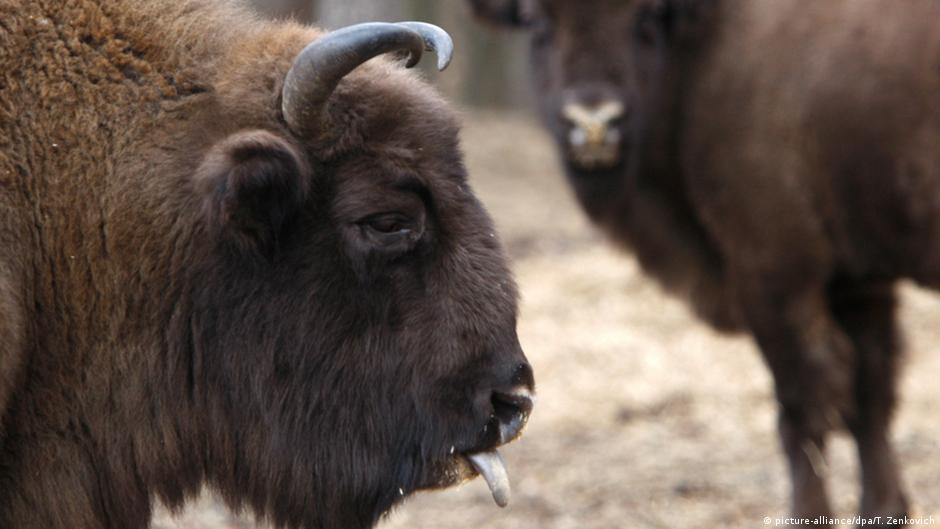
Nuclear accidents make mutant bugs and birds | Environment| All topics from climate change to conservation | DW | 26.04.2018

/chernobyl---the-aftermath-542876384-5a20bf730c1a8200197b039d.jpg)
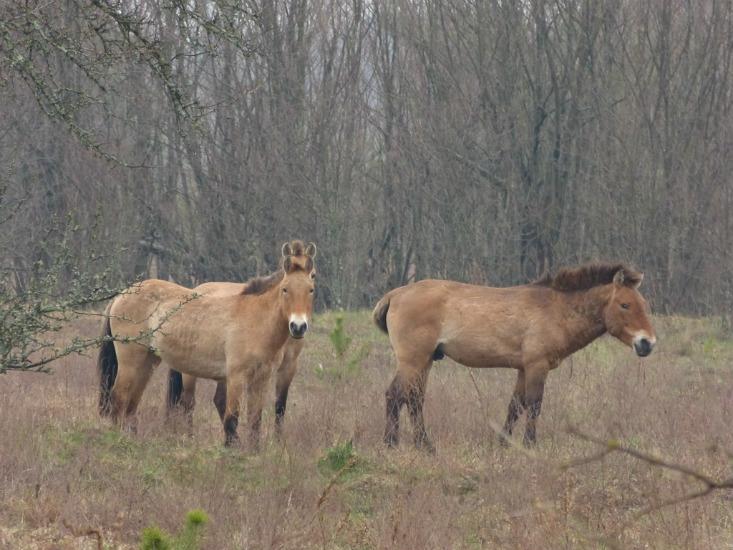


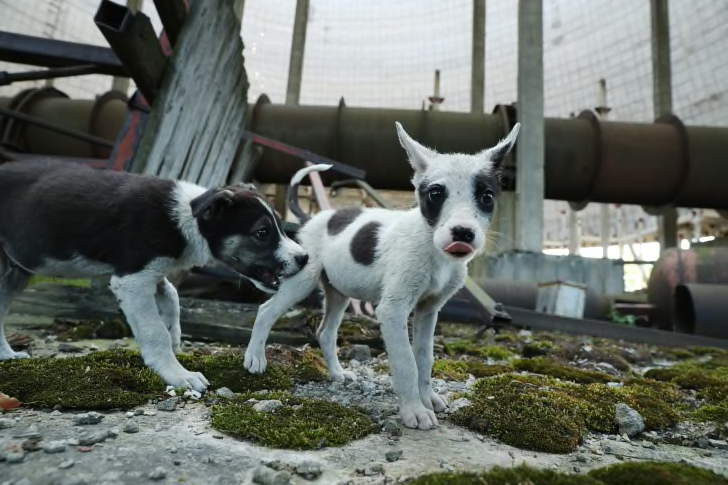

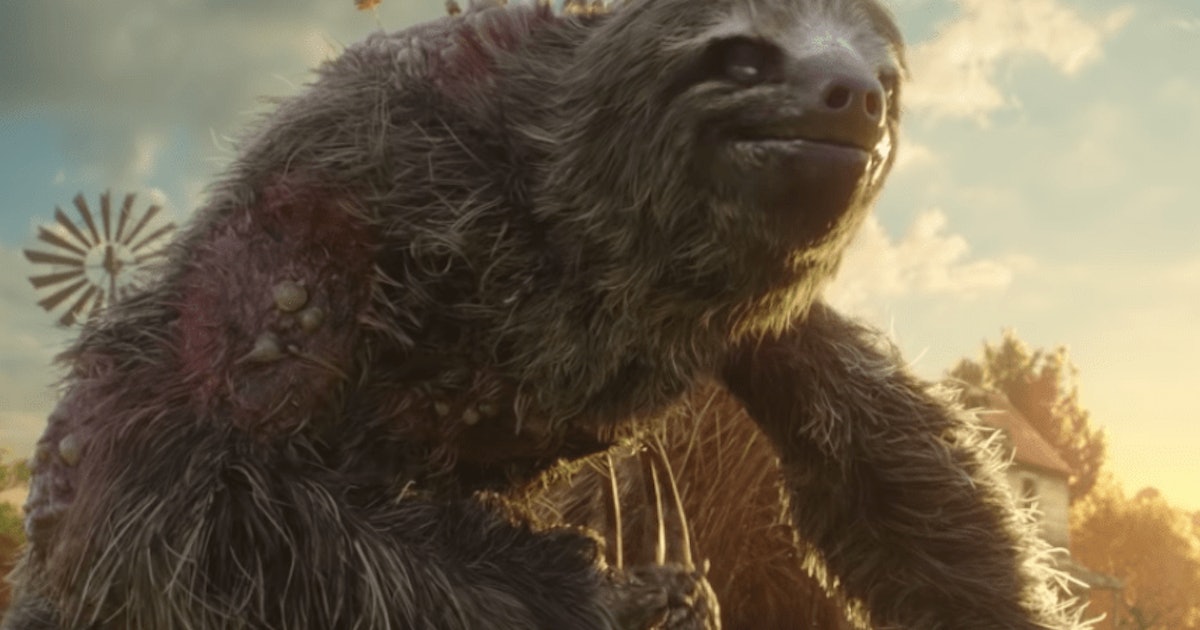
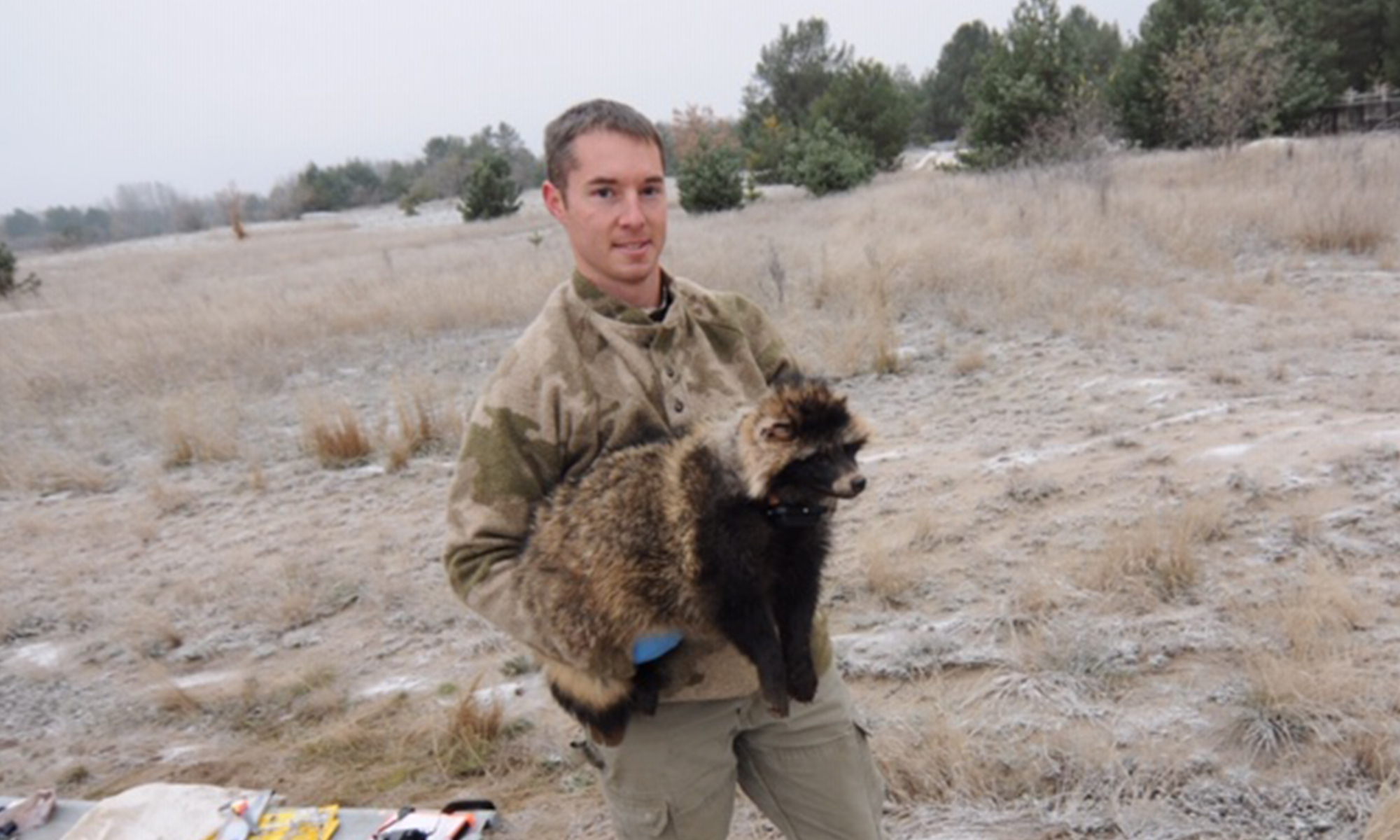


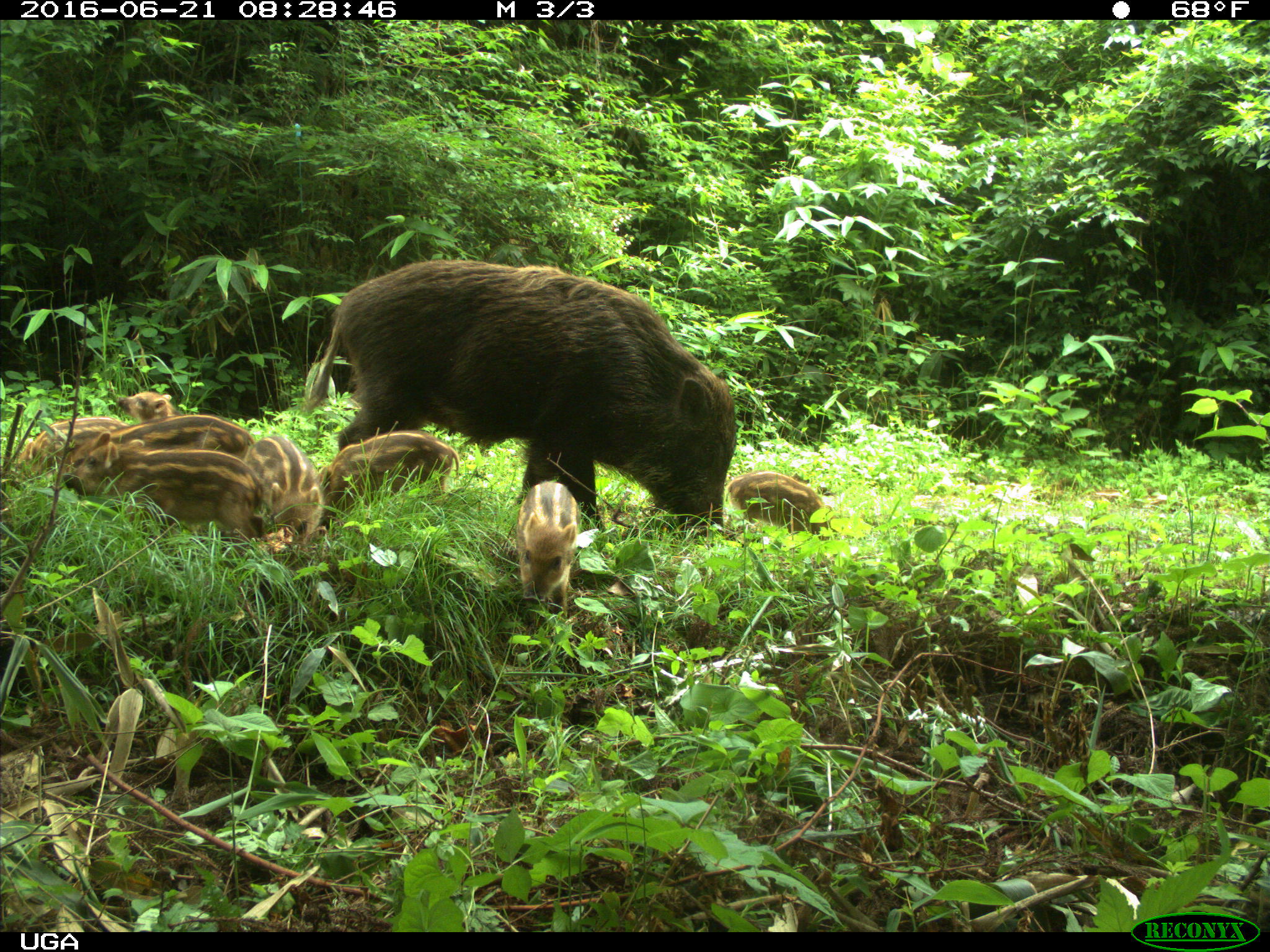


:max_bytes(150000):strip_icc()/the-stray-dogs-of-chernobyl-836937064-5a20c0e7482c520037593e47.jpg)
:max_bytes(150000):strip_icc()/przewalski-s-horse-the-exclusion-zone--chernobyl-534525415-5a20bfb996f7d000195801e3.jpg)
